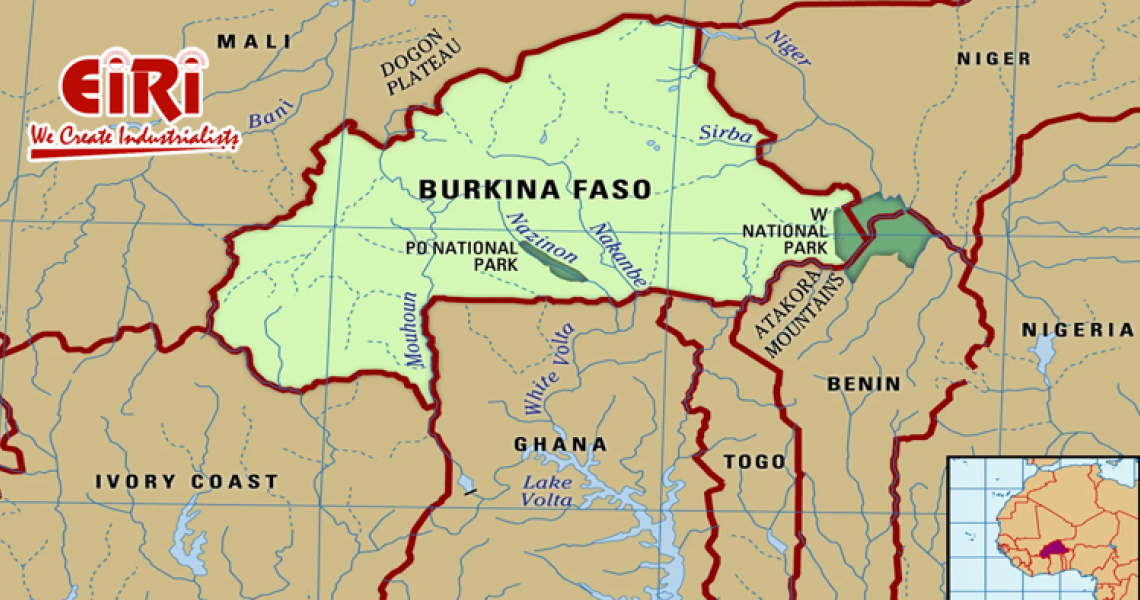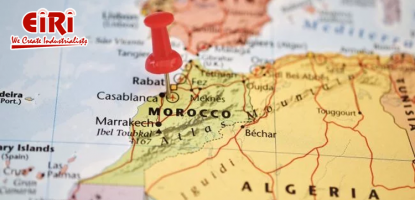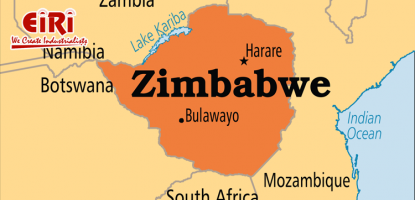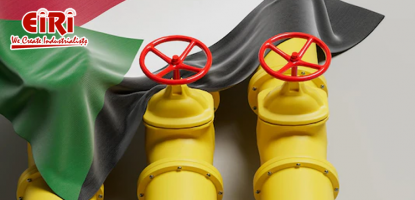Burkina Faso - Unlocking Opportunities: A Guide to Exploring Manufacturing Business

Burkina Faso is a country located in West Africa that has a growing economy and a wide range of natural resources. The country's main industries include agriculture, mining, and manufacturing. In this article, we will take a closer look at the manufacturing industry in Burkina Faso and explore the opportunities it presents for investors and entrepreneurs.
One of the main industries in Burkina Faso is cotton production. The country is the fifth-largest cotton producer in Africa and the cotton industry is a significant contributor to the economy. The cotton industry in Burkina Faso is supported by the government and private sector, which provides farmers with technical assistance, seeds, and credit. The cotton industry is expected to continue to grow in the future, providing opportunities for investors and entrepreneurs to start new businesses or expand existing ones.
Another important industry in Burkina Faso is the natural resources industry. The country is home to several large gold mines and it is one of the top gold producers in Africa. The mining industry is a significant contributor to the economy and it is expected to continue to grow in the future. This provides opportunities for investors and entrepreneurs to start new businesses or expand existing ones in the mining sector.
The country also has a growing shea nut industry. Shea nuts are a valuable resource that is used in the production of cosmetics, soap, and other products. The shea nut industry is expected to continue to grow in the future, providing opportunities for investors and entrepreneurs to start new businesses or expand existing ones in the shea nut sector.
Sesame, groundnuts, sugar, cashews, and garden vegetables are also grown in Burkina Faso, with sorghum and millet. The agriculture sector is a significant contributor to the economy and it is expected to continue to grow in the future. This provides opportunities for investors and entrepreneurs to start new businesses or expand existing ones in the agriculture sector
In recent years, Burkina Faso has been making efforts to diversify its economy and reduce its reliance on agriculture. This has led to the emergence of new industries such as textiles, construction, and mining. However, the manufacturing sector still faces some challenges such as inadequate infrastructure and a lack of skilled labor. Despite these challenges, there is a lot of potential for growth in the manufacturing sector in Burkina Faso. The government is making efforts to attract foreign investment and improve the business environment. The National Development Plan for 2013-2017 aims to increase the share of industry in GDP from 12% to 20%. This plan focuses on the development of key sectors such as agro-industry, textiles, construction, and mining.
The textile industry is one of the most promising sectors in Burkina Faso. The country has a long tradition of weaving and textile production. The government has been promoting the development of the textile industry through various programs and initiatives. The textile sector has the potential to create jobs and generate income for the population. The government has also been working to improve the quality of cotton production in the country.
The construction industry is also an important sector in Burkina Faso. The country has a growing population and a need for housing and infrastructure development. The government has been promoting the development of the construction sector through various programs and initiatives. The construction sector has the potential to create jobs and generate income for the population.
The mining sector is also an important sector in Burkina Faso. The country has a rich mineral resources such as gold, manganese, and limestone. The government has been promoting the development of the mining sector through various programs and initiatives. The mining sector has the potential to create jobs and generate income for the population.
In conclusion, Burkina Faso has a lot of potential for growth in the manufacturing sector. The country has a rich natural resources and a growing population. The government has been making efforts to diversify the economy and attract foreign investment. The textile, construction, and mining sectors have the potential to create jobs and generate income for the population. However, the manufacturing sector still faces some challenges such as inadequate






